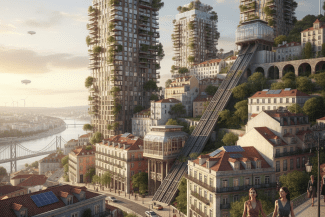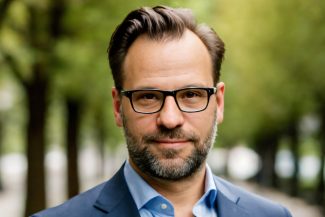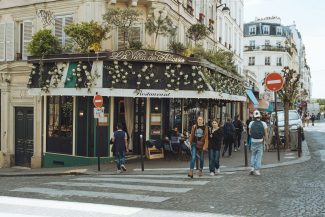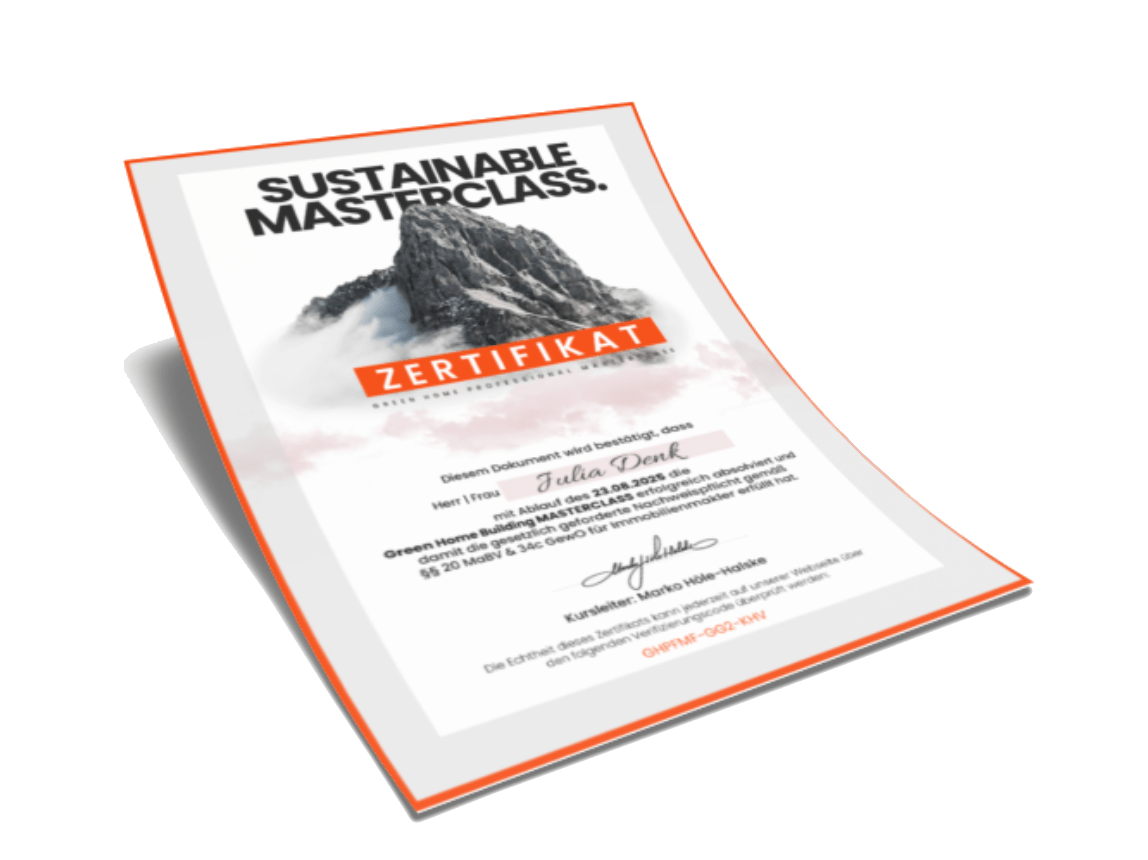Sustainable? In late July 2025, an insightful article published in The Portugal News titled “Sustainability Is the New Standard in Real Estate” by Paulo Lopes, a multi-talented Portuguese citizen, highlighted a seismic shift. The piece rightly argued that sustainability is no longer a premium feature but a non-negotiable baseline. Lopes’s core message, resonating with investors and developers across Portugal and Europe, was clear: environmental, social, and governance (ESG) criteria have become the decisive factor in investment strategies.
He pointed out that assets failing to meet these standards are increasingly seen as liabilities at risk of devaluation, while those that comply are driving future-proof Sustainable portfolios. This perspective is vital and accurately reflects the current financial reality of the market. It is the necessary starting point for any discussion on the topic.
However, while this financial-centric view is a crucial part of the modern real estate equation, it represents only half the story. The relentless focus on meeting ESG metrics for the benefit of stakeholders and regulators, while valid, can inadvertently overshadow the most critical element of any real estate project: the people who will live and work in these spaces. What does a “sustainable” building truly mean for its inhabitants? The true north of sustainable real estate must extend beyond the balance sheet to encompass the tangible well-being, health, and quality of life of residents. This article aims to build upon the foundation laid by Lopes, offering a deeper, more human-centric perspective on what it means to build truly sustainable properties, particularly in a country with a rich heritage and natural resources like Portugal.
The ESG Imperative: A Necessary, But Insufficient, Driver
The original article is correct in its assertion that the market now demands ESG compliance. New EU regulations, while sometimes simplified, still require companies to disclose their climate transition plans and sustainability performance. This has turned sustainability from a mere public relations move into a financial necessity. For developers and financiers in Lisbon and the Algarve, the message is unambiguous: a project without a robust ESG framework is a significant risk.
We see this in the increasing popularity of retrofitting existing buildings to meet modern criteria, a cost-effective and impactful strategy to enhance long-term value. Investors are no longer willing to pay a premium for a building simply because it is “green” on paper; they expect it as a fundamental requirement. The absence of ESG compliance has become the real financial risk.
This shift has undeniably brought about a new level of accountability and forced the industry to innovate. It has spurred the use of more energy-efficient systems, better waste management, and improved data transparency. This focus has encouraged a new generation of projects, like the emerging Lissabon Immobilienprojekt, to integrate these metrics from the very beginning. Yet, while essential, this metric-driven approach can sometimes be a double-edged sword.
It can lead to a narrow focus on what can be measured and reported, sometimes at the expense of what truly matters for human habitation. The danger is a form of “greenwashing” where a project is sustainable on paper but fails to create a genuinely healthy environment.
The Critical Shift: From Stakeholder Security to Resident Well-being (Sustainable)
The current discourse is heavily weighted toward reassuring stakeholders. But what about the security and health of the people who will call these buildings home? This is where the narrative must evolve. True sustainable real estate must be driven by a mission to create spaces that are not just environmentally friendly, but also profoundly beneficial for human health.
The problem lies in the materials used. Many modern construction methods rely on an array of chemicals that, while making building faster or cheaper, can have a detrimental effect on indoor air quality. Volatile Organic Compounds (VOCs), found in paints, adhesives, sealants, and furniture, can off-gas for years, contributing to a host of health problems, from respiratory issues to headaches and fatigue. A building might be energy-efficient and low-carbon, yet be a source of chronic health problems for its occupants. This is a critical failure of the ESG-only approach.
The Human-Centric Blueprint: A Holistic Approach to Sustainable Construction
A truly holistic approach to sustainable real estate must go beyond the balance sheet and embrace a deeper, more organic philosophy. The focus should be on building materials, a topic of growing importance in countries like Portugal, known for their abundant natural resources.
- Harnessing Local Materials: Portugal has a rich tradition of using materials like cork, stone, and wood. Incorporating these materials into modern construction not only reduces the carbon footprint associated with long-distance transportation but also supports local economies and craftsmanship. Cork, in particular, is an exceptional sustainable material, celebrated for its insulating properties, fire resistance, and breathability, making it ideal for creating healthy indoor environments. By sourcing these materials locally, a project can become a part of its community’s economic fabric, rather than an isolated financial venture.
- The Rejection of Building Chemicals: The most profound commitment to healthy living is the conscious decision to avoid harmful building chemicals. This involves a rigorous selection process for all materials, from the foundation to the final coat of paint. It means seeking out zero-VOC paints, natural insulation, and non-toxic adhesives. While this approach may require a greater initial investment of time and research, the long-term benefits in terms of resident health and the intrinsic value of the property far outweigh the costs. A home that fosters well-being is a genuinely future-proof asset.
- Creating Liveable Spaces: Beyond the materials, true sustainability is about designing spaces that are comfortable and functional. This includes optimizing for natural light, ensuring proper ventilation, and creating connections to nature through balconies, green roofs, and gardens. A building with a high ESG rating that feels sterile and disconnected is a missed opportunity. A truly sustainable project is one that creates a sense of place and promotes a better quality of life.
The Synthesis: ESG as a Starting Point for a Deeper Purpose
The two perspectives—the financial and the human-centric—are not mutually exclusive. The most successful and truly revolutionary sustainable real estate projects will be those that master both. They will meet and exceed ESG standards to attract capital and ensure long-term viability, but they will use that framework as a baseline for a greater purpose: to build healthier, happier communities.
In Portugal, a country with a vibrant history and a future-forward outlook, this holistic approach holds immense potential. From ambitious urban projects in Lisbon to rural eco-retreats, the blueprint for success is clear: prioritize the health of the inhabitants, select materials for their natural integrity, and design spaces that foster a deep sense of security and well-being.
Ultimately, the transition toward a truly sustainable real estate sector is not just about meeting regulatory demands or ticking boxes. It’s about creating an enduring legacy. The companies that move fastest to embrace this new, more holistic standard will be the ones that are best positioned for long-term success, not just in the market, but in the eyes of the people who call their properties home. In today’s market, sustainability isn’t about standing out in a financial report; it’s about creating a safe and healthy environment, and that is a standard we should all aspire to.








